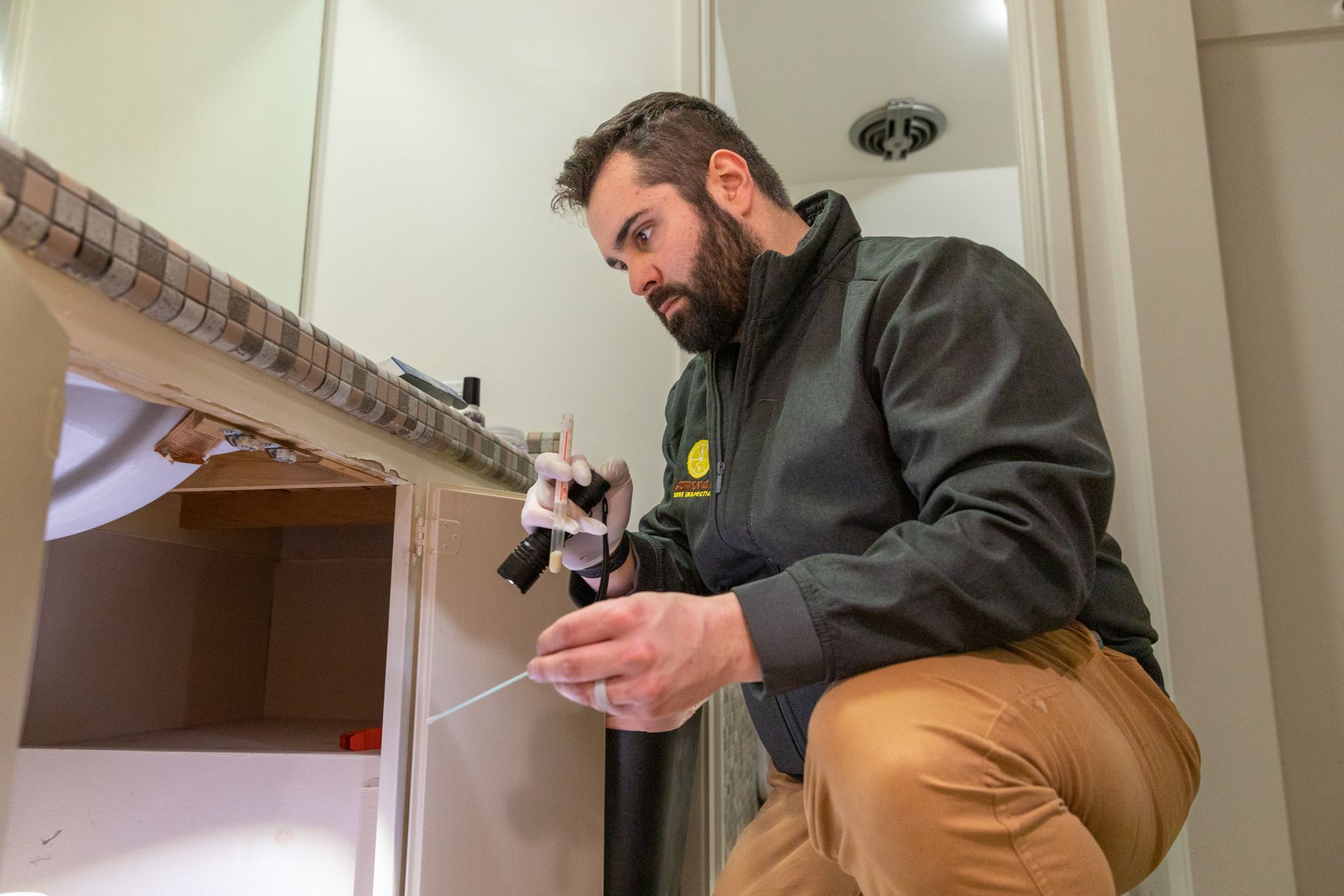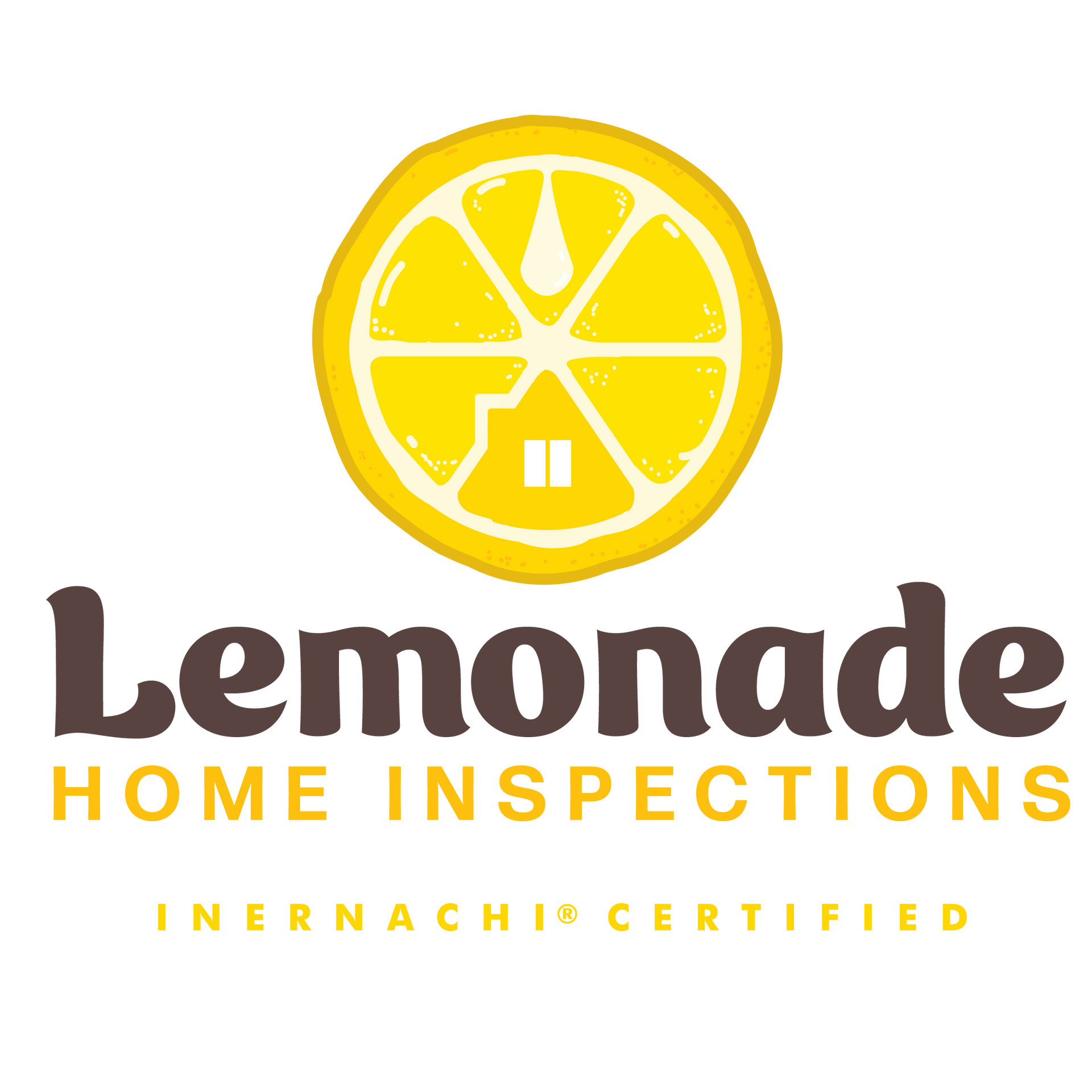Combating the Silent Invader: A Guide to Handling Household Mold
Mold growth in homes is a common issue that can lead to health concerns and damage to your property. Not only can mold cause respiratory problems, allergies, and other health issues, but it can also weaken structures and devalue your home. In this blog, we'll explore ways to prevent mold growth, detect it early, and offer tips for effective remediation.
Prevention: Keep Mold at Bay
- Ventilation: Ensure areas like bathrooms, kitchens, and laundry rooms are well-ventilated. Use exhaust fans to reduce moisture in these high-humidity spaces.
- Control Humidity: Invest in a dehumidifier to maintain indoor humidity levels below 60%. Aim for a level between 30-50% for optimum results.
- Address Leaks: Fix any leaks promptly, whether they're from pipes, roofs, or windows. Prolonged dampness is a breeding ground for mold spores.
- Regular Cleaning: Regularly clean and vacuum your home, especially in areas where mold is more likely to grow, like bathrooms.
Detection: Spotting Mold Before It Spreads
- Visual Inspection: Periodically inspect areas prone to moisture, such as basements, attics, under sinks, and around window sills. Look for discolored patches or cotton-like growths.
- Odor: Mold has a distinct musty odor. If you notice an unusual smell, especially in damp areas, it might be mold.
- Mold Testing Kits: Available at home improvement stores, these kits can be used to test for the presence of mold spores.
Remediation: Getting Rid of Mold
- For Small Areas: If the mold covers a small area (less than about 10 square feet), you can handle the job yourself. Clean the area with a mold-killing detergent, and then let it dry completely. Wear gloves, goggles, and a mask to protect yourself from spores.
- For Large Infestations: If mold covers a large area or if black mold is present, consider hiring a professional mold remediation service. They have the equipment and expertise to handle large mold problems safely and effectively.
- Natural Remedies: For non-toxic mold varieties, natural solutions like vinegar or baking soda can be effective. Mix a solution of equal parts water and white vinegar or a paste of baking soda and water and apply it to the affected area. Let it sit, then scrub and rinse.
- Prevent Future Growth: After cleaning, use mold-resistant paint or primers to prevent future growth in the same area.
Mold in your home can be a significant concern, both for your property's value and your health. However, with proactive prevention measures, regular detection checks, and the right remediation tactics, you can keep your home mold-free and ensure a healthier living environment for you and your family. Remember, when in doubt, or when dealing with large mold infestations, it's always best to consult with professionals.




